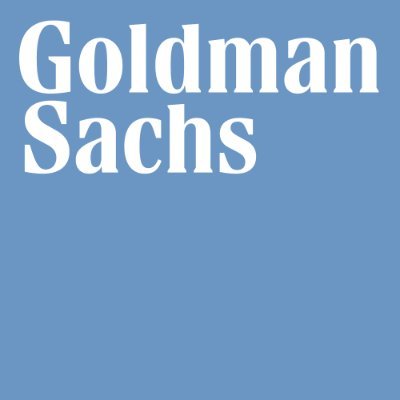
Goldman Sachs BDC (GSBD:NYSE) Navigates Challenging Landscape
Goldman Sachs BDC (GSBD:NYSE) has been navigating a challenging landscape, marked by underperformance in total return compared to its peers over the last five years, despite its attractive dividend yield. This underperformance can be attributed to the deteriorating credit quality of its portfolio companies, evidenced by an increase in lower-quality loans and non-accruals. However, it’s important to note that GSBD’s dividend yield remains high at 11.7%, showcasing the company’s ability to maintain a strong payout to its investors despite these hurdles.
GSBD’s focus on middle market companies, specifically those with an EBITDA between $5 million and $75 million, positions it in a unique segment of the market. The company’s revenue primarily comes from interest and dividends on debt investments, with a strategic emphasis on 1st lien senior secured debt. This type of debt, making up over 91% of GSBD’s portfolio, is considered lower risk due to its seniority in repayment hierarchy, which theoretically should provide a buffer against default risks. However, the current high-interest rate environment has put additional pressure on software-based tech companies within GSBD’s portfolio, contributing to the strain on credit quality and growth prospects.
Financially, GSBD reported a net investment income of $0.55 per share for the last quarter, amounting to $115.4 million. Despite this, there was a noticeable decrease in total net investment income from the previous quarter, which can be attributed to decreased repayments and increased net expenses. This financial performance, coupled with the increase in loans rated as having the highest level of risk and a 3.8% of the portfolio at amortized cost reaching non-accrual status, underscores the challenges GSBD faces in maintaining its credit quality and financial health.
Despite these financial and operational challenges, GSBD has consistently paid out a quarterly distribution of $0.45 per share since 2015, with the last reported net investment income comfortably covering this distribution. This demonstrates GSBD’s commitment to returning value to shareholders, even in the face of deteriorating credit quality among its portfolio companies. However, the future sustainability of this distribution is contingent upon improvements in credit quality and the company’s ability to navigate the high-interest rate environment effectively.
The recent trading activity of GSBD, with a price increase of $0.15 to $15.58, nearing its 52-week high of $15.8, reflects a market sentiment that may be cautiously optimistic about the company’s future prospects. With a market capitalization of approximately $1.71 billion and a trading volume of 350,854 shares, GSBD remains a significant player in its sector. However, the company’s trading below its 3-year average premium to net asset value (NAV) suggests that investors may be factoring in the risks associated with the credit quality of its portfolio and the broader challenges it faces.

